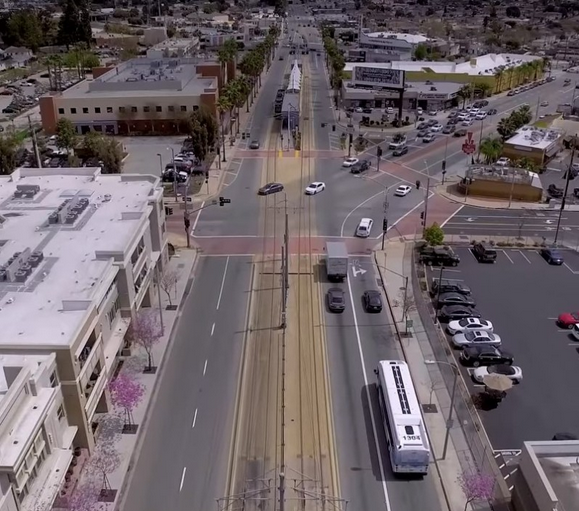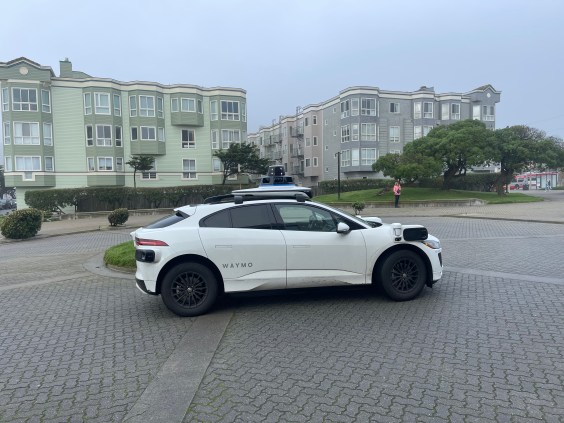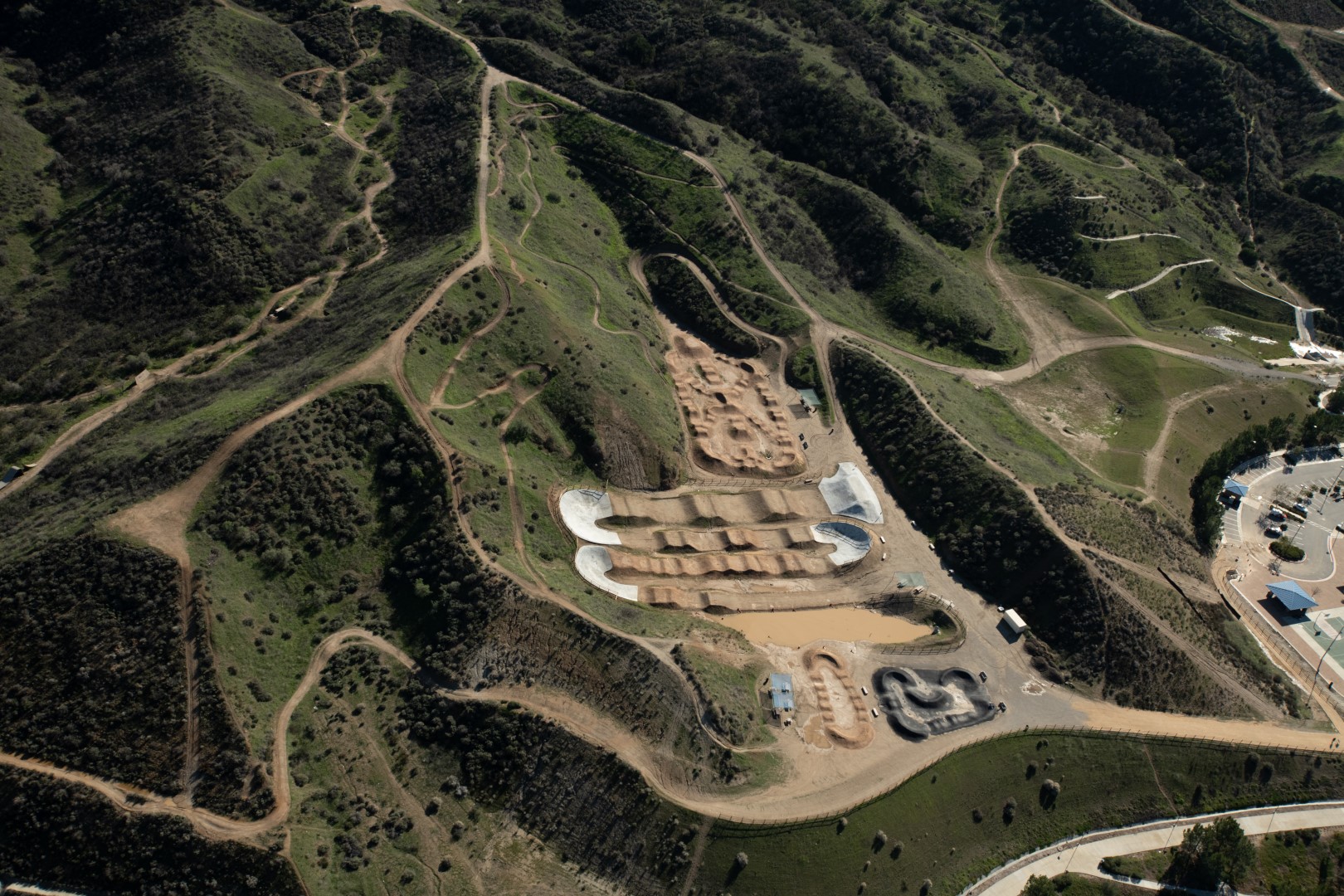Metro is planning to extend the Eastside L (Gold) Line light rail to the city of Whittier. A presentation at yesterday's Metro Board Planning and Programming Committee revealed new cost estimates for the line, and how construction might be broken into multiple phases.
The overall Eastside extension alignment goes approximately nine miles; it would extend southeast from the current L Line terminus in East L.A. - through the cities of Commerce, Montebello, Pico Rivera, and Santa Fe Springs, all the way to southeast Whittier.
In East L.A. and Commerce, the line is planned to be a subway. The eastern half of the project would run at grade. A few short aerial stretches are also anticipated.
According to the Metro staff report the agency already has $3 billion set aside for the Eastside extension project, but the funding picture is a little opaque, with some Measures R and M funding, and other anticipated sources. At the time Metro's sales tax measures were passed, the proposed Eastside extension potentially included two alignments spanning both the Gateway Cities and the San Gabriel Valley sub-regions. In 2020, Metro selected the southern Gateway Cities alignment (called the Washington Boulevard Alternative), which resulted in the splitting up some of funding.
Measure M has a couple of allocations (these are in 2016 dollars - so would be adjusted upward somewhat) for the Washington alignment:
- $543 million for the Gateway portion scheduled for 2029 - anticipated to be part of a $3 billion initial multi-region phase
- $2.9 billion for a scheduled for 2053 (not tied to either sub-region)
Measure R has $1.3 billion for the Eastside extension, though it looks like only half this money would go to the Gateway half of the project.
And, like most mega-projects, current cost estimates are more expensive than anticipated. Metro now estimates that the entire project will cost $6.1 to $6.5 billion. Much of the cost escalation can be attributed to a decision to run the eastern portion of the project underground, instead of a combination of surface and aerial as had been proposed early on.
With costs well above funding in hand, Metro is looking to do construction in phases via what the agency calls an initial operating segment (IOS).
Metro is currently evaluating three phasing scenarios. They all appear relatively expensive, as the initial eastern portion (around three miles) of the project is all tunneling underground:
- IOS-1 - $4.5-5 billion - includes two miles of light rail ending at Commerce/Citadel Station (totaling 3.2 miles of tracks to access a new rail yard in Commerce)
- IOS-2 - $5.1-5.3 billion - includes four miles of light rail ending at Greenwood Avenue Station in Montebello (totaling 4.6 miles of tracks to access a new rail yard in Commerce or Montebello)
- Full project - $6.1-6.5 billion - includes nine miles of light rail (with seven stations) ending at Lambert Road in Whittier
With a funding shortfall of over a billion dollars for the shortest partial build, Metro is definitely seeking outside funding. The agency had planned to do environmental clearance under CEQA (California Environmental Quality Act) which would allow for local and state funding to be used, but, especially with federal infrastructure money potentially available, is now anticipating also doing federal (National Environmental Protection Act - NEPA) clearance, so the project is eligible for federal funding.
Metro is also evaluating some cost-saving measures, as noted in the Metro staff report.
The Eastside extension will demolish the existing surface Atlantic Station, replacing it with a realigned underground station. One cost-saving design being considered for the Atlantic Station is an open air underground station, similar to Metro's Memorial Park Station in Pasadena.
Metro is also evaluating an at-grade station at Greenwood Avenue in Montebello, to save money compared to a planned aerial station.
Staff anticipated returning to the Metro board in June, with a funding plan for the Eastside extension, but Supervisor Hilda Solis, pushing to accelerate the project and to secure possible federal funding, scheduled that board discussion for April instead.
Metro staff anticipate that Eastside Transit Corridor construction would start in 2029, with the line opening to the public in 2035.







